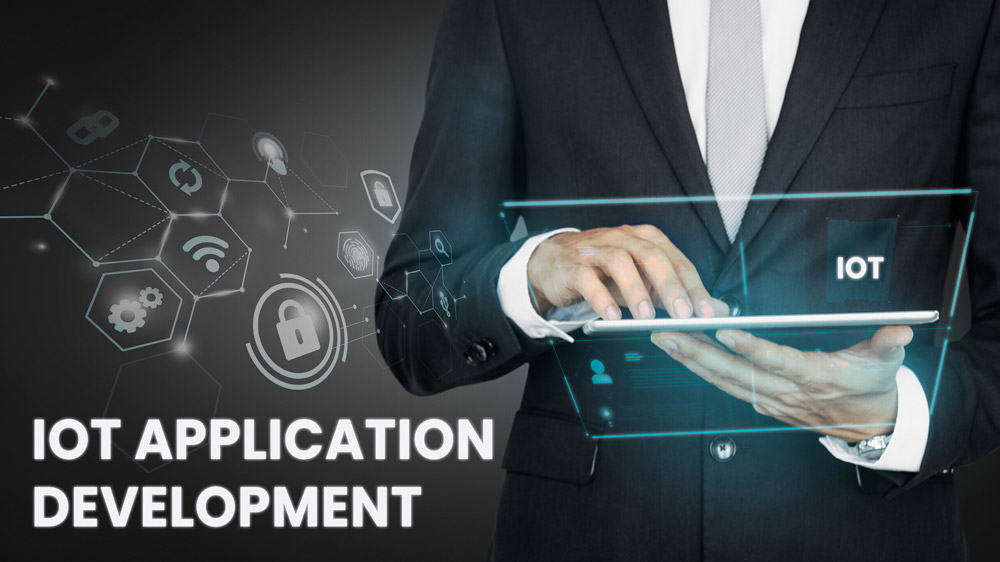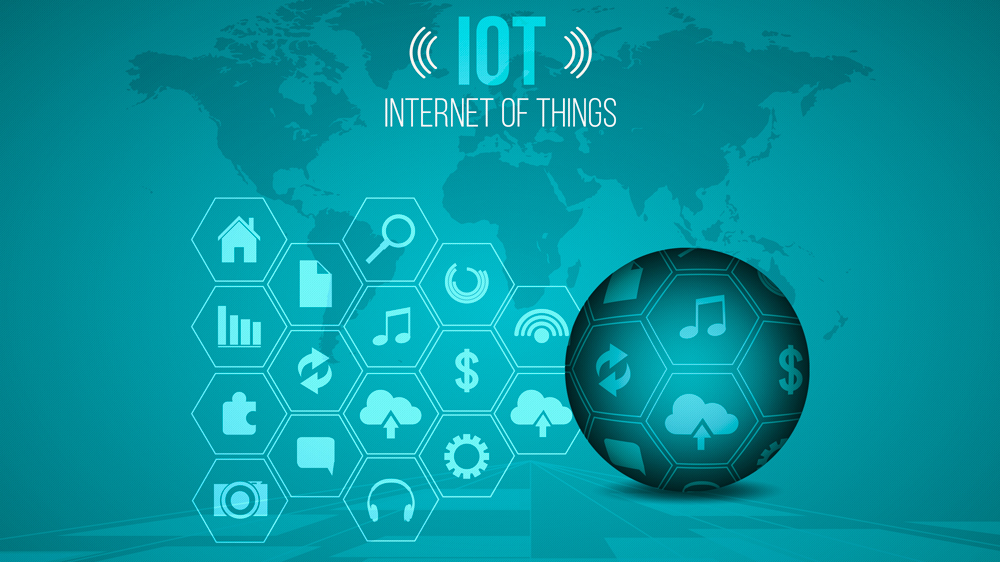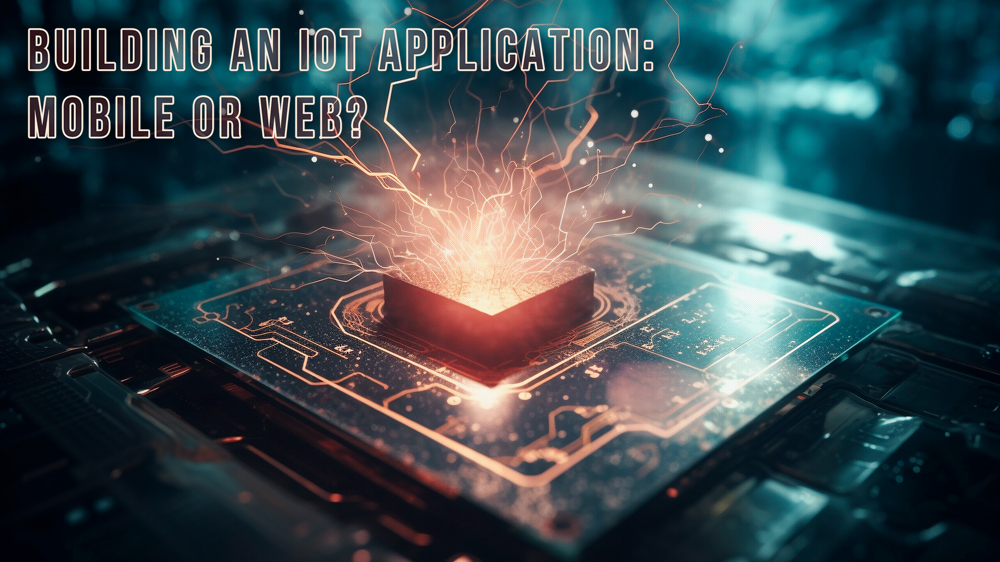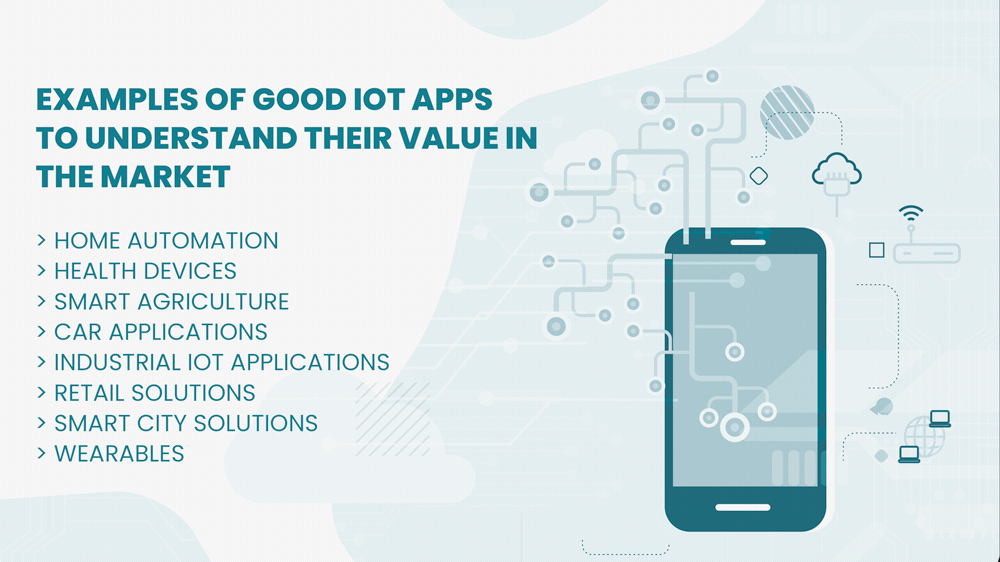
Do you know what the IoT, the Internet of Things is? If your answer is no, you must fully comprehend what that means.
What is the “Internet of Things”?“The Internet of Things, commonly referred to as IoT, is a concept that involves various gadgets and items to the Internet so they may communicate and exchange data. These devices can range from everyday objects like household appliances, thermostats, and wearable devices to more complex machinery and infrastructure components.” IoT allows for the seamless integration of the physical and digital worlds, creating vast opportunities for automation, monitoring, and data analysis. Through the use of sensors, embedded systems, and network connectivity, IoT is used to improve efficiency, convenience, and productivity in various domains such as healthcare, transportation, manufacturing, and agriculture. |
Which Markets do IoT Apps work for?

IoT app development can work across various markets and industries. Here are some key markets where IoT apps have a significant role:
- Smart Home: IoT apps enable connectivity and control of home devices like thermostats, lights, security systems, and appliances, enhancing convenience, efficiency, and security.
- HealthCare: Monitor the vital signs of patients, track medication schedules, and enable remote patient monitoring, improving health outcomes and efficiently managing healthcare processes.
- Industrial Automation: Connect machinery, equipment, and sensors for data collection, analysis, and control, enhancing productivity, reducing downtime, and enabling predictive maintenance.
- Agriculture: Collect and analyze data from sensors placed on crops, soil, and livestock, providing insights for precise irrigation, fertilization, and disease detection, optimizing agricultural productivity.
- Smart Cities: Facilitate smarter management of urban infrastructure, including traffic management, waste management, energy consumption, and public safety, enhancing sustainability and livability.
- Retail: Improve customer experience through personalized shopping, inventory management, supply chain optimization, and real-time tracking, efficient and seamless retail operations.
- Transportation and Logistics: Enable vehicle tracking, route optimization, driver monitoring, and predictive maintenance, streamlining logistics operations, improving safety, and reducing costs.
- Energy and Utilities: Monitor, control, and optimize energy consumption, enable smart grid management and detect faults, contributing to efficient energy usage and effective utility management.
- Manufacturing: Enable real-time monitoring of factory equipment, quality control, inventory management, and supply chain optimization, facilitating efficient and agile manufacturing processes.
- Wearable Technology: Best for wearable devices like fitness trackers, smartwatches, and healthcare wearables collect and analyze health data, offering insights for fitness goals, healthcare monitoring, and disease prevention.
These are just a few examples, IoT apps service providers deliver the best applications for numerous markets such as automotive, insurance, hospitality, and more. The potential of IoT is vast, and the market continues to expand with technological advancements.
Building an IoT Application: Mobile or Web?

You have another crucial factor to take into account after choosing the market niche for your IoT solution. Should I develop a web app or a mobile app? Let’s look over the advantages that each platform provides.
Why Build an IoT Mobile App?
- Improved user experience, easy navigation, touch-based interactions, and device-specific features like GPS and cameras
- More discoverability, create IoT apps for various mobile app stores like Google Play or Apple App Store
- Increased safety as your mobile app is put through tests before being uploaded to an app store
- Offline access, as mobile applications can locally save data
Why Build an IoT Web App?
- Cross-platform compatibility means that you won’t need to create separate apps
- It is quite simple to organize large amounts of data, making it appropriate for creating specialized monitoring and maintenance interfaces
- Work immediately in a browser, there is no need to download anything
- Real-time updates that are immediate and simple to maintain
- Quick launch because web apps do not need to be approved by the app store
Stages of IoT App Development
When creating an effective IoT solution you often need to create a user-friendly mobile app and a complete server-side system. Below are the five crucial steps to develop your brilliant idea into a profitable IoT solution.
The IoT application development process is successfully streamlined and optimized at Capanicus by utilizing all of the strategies listed below.
- Planning and Conceptualization: This stage involves identifying the target audience, defining the app’s purpose, and determining the desired features and functionality. It also includes conducting market research and competitor analysis.
- Design and Wireframing: In this stage, the app’s user interface (UI) and user experience (UX) are designed. Wireframes and mockups are created to visualize the app’s layout and navigation flow.
- Development and Integration: This stage involves building the app’s backend infrastructure and APIs and connecting it to the IoT devices or sensors. It may also include integrating third-party services or platforms for data processing, storage, or analytics.
- Testing and Quality Assurance: The app goes through rigorous testing to identify and fix any bugs or issues. This includes functional testing, performance testing, security testing, and compatibility testing to ensure the app works smoothly across different devices and platforms.
- Deployment and Maintenance: Once the app has been thoroughly tested and approved, it is deployed to the desired platform (such as app stores or enterprise distribution channels). Continuous monitoring and maintenance are carried out to address bugs, provide updates, and ensure the app is optimized for performance and security.
IoT Technology Stack
The following are some crucial technologies we created for IoT applications:
- Programming languages: C/C++, Python, JavaScript, Ruby, Swift (for iOS apps), Kotlin (for Android apps)
- Frameworks: Node.js, React Native, Angular
- Cloud platforms: Google Cloud IoT Core, AWS, IBM Watson, 2Smart Cloud, ThingWorx, Open Remote
- Protocols: WiFi, RFID/NFC, MQTT, AMQP, Bluetooth and BLE, Cellular, CoAP, DDS, LoRa and LoRaWAN, LWM2M, XMPP, Zigbee, Z-Wave
- MCUs (microcontrollers) and SBCs (single board computers): Raspberry Pi, Arduino, ESP32, ESP8286, STM32, Orange Pi.
Overall, the IoT technology stack consists of interconnected layers that enable the seamless flow of data from devices/sensors to the cloud, allowing for data analysis, application development, and secure operations.
Examples of good IoT Apps to understand their value in the market

Conclusion
IoT solutions are beneficial to businesses of all sizes and in a variety of industries because they streamline operations, increase profitability, and enhance services. To launch one, you must first create a strong ecosystem that combines web and mobile applications in a seamless manner to provide the best end-user performance.
Capanicus is a reliable partner if you want to use IoT apps to transform your company. We have years of experience developing Internet of Things (IoT) apps, and even better, we are capable of producing IoT hardware, firmware, and devices.


